The Australian Bureau of Statistics today released some important data on how many people are being cared for informally in the community. They showed that in Australia, 12 per cent of people provide informal care to an older person or to someone with a disability or long-term health condition. There were 2.7 million people providing informal care in 2012 and around 29 per cent of these carers are primary carers. This has grown since 2003. Women were both more likely to be carers, and more likely to be primary carers. There were 1.5 million female carers, and of these 536,700 were primary carers, compared to 1.2 million male carers and 233,100 male primary carers.
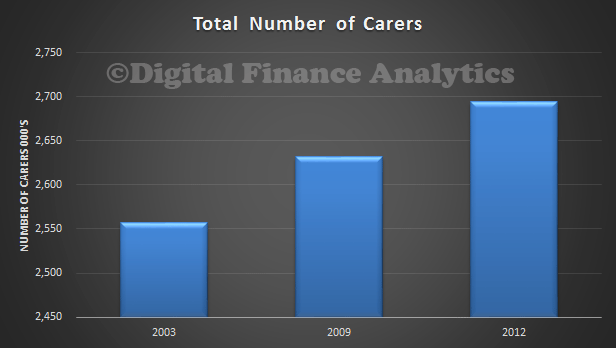 They highlighted that the proportion of primary carers who were spending 40 hours a week or more providing care has also increased. In 2009, 35 per cent of primary carers were spending 40 hours a week or more providing care, for 2012, this has increased to 39 per cent, or about two in five. The greatest proportion of carers was a partner, and tended to be older. Those over 65 years were most likely to be caring. One in five primary carers spent between 20 and 40 hours per week and almost two in five spent less than 20 hours per week
They highlighted that the proportion of primary carers who were spending 40 hours a week or more providing care has also increased. In 2009, 35 per cent of primary carers were spending 40 hours a week or more providing care, for 2012, this has increased to 39 per cent, or about two in five. The greatest proportion of carers was a partner, and tended to be older. Those over 65 years were most likely to be caring. One in five primary carers spent between 20 and 40 hours per week and almost two in five spent less than 20 hours per week
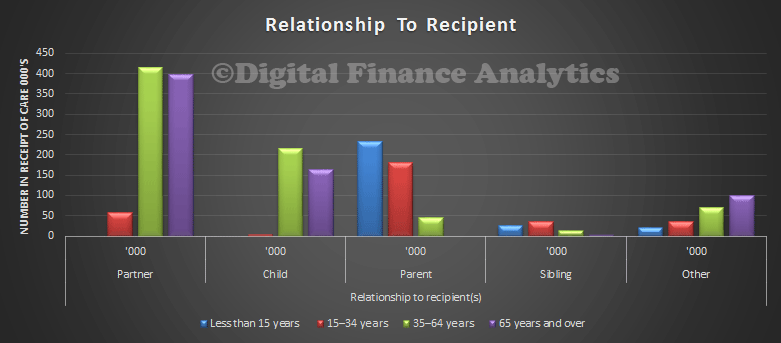
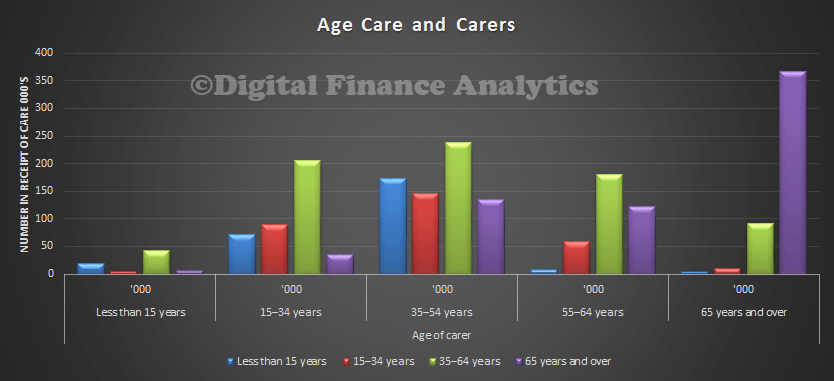 Carers provided a range on assistance, from transport, to housework, mobility and healthcare.
Carers provided a range on assistance, from transport, to housework, mobility and healthcare.
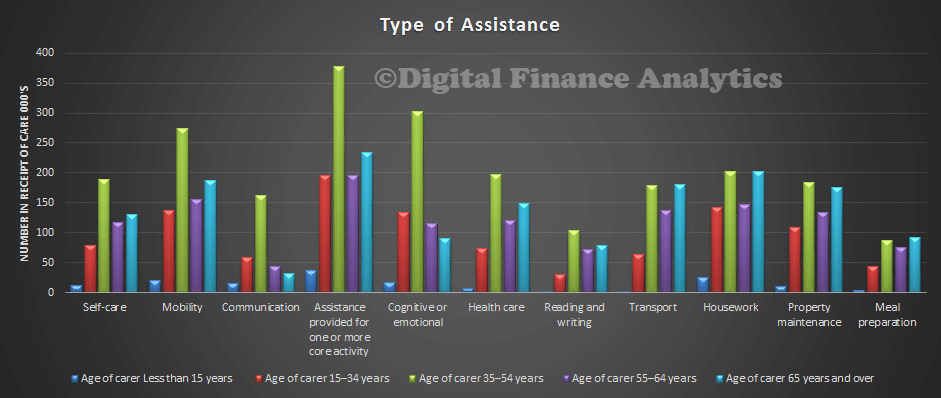 The partner was most likely to provide these services.
The partner was most likely to provide these services.
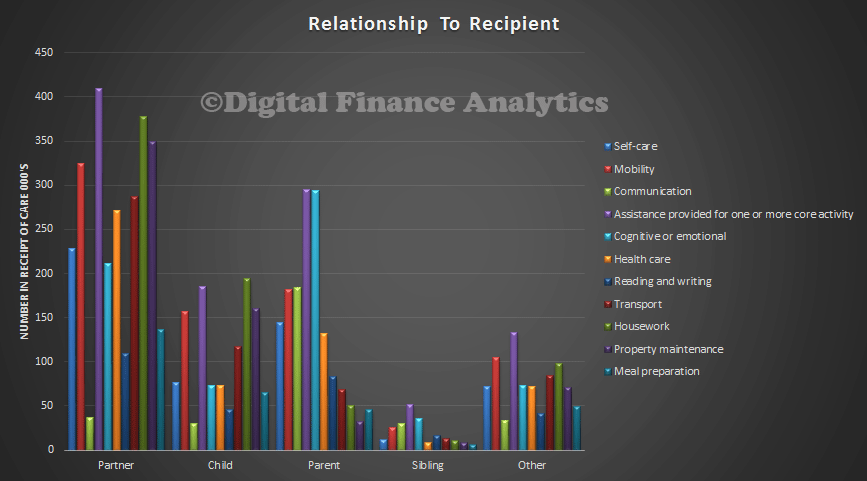 The ABS report highlighted the personal costs incurred by the carer, including reduce job opportunity, lower income and reduction in well-being. Given the demographic shifts we expect to see an ever greater burden of caring responsibility on the shoulder of carers. The 2.7 million engaged in providing these services are an group which is not fully appreciated by the wider community, but consider the impact on the healthcare system if those being cared for informally were to be inserted back into full time institutional care. Demand for care influences property selection as we highlighted in our earlier post.
The ABS report highlighted the personal costs incurred by the carer, including reduce job opportunity, lower income and reduction in well-being. Given the demographic shifts we expect to see an ever greater burden of caring responsibility on the shoulder of carers. The 2.7 million engaged in providing these services are an group which is not fully appreciated by the wider community, but consider the impact on the healthcare system if those being cared for informally were to be inserted back into full time institutional care. Demand for care influences property selection as we highlighted in our earlier post.
